
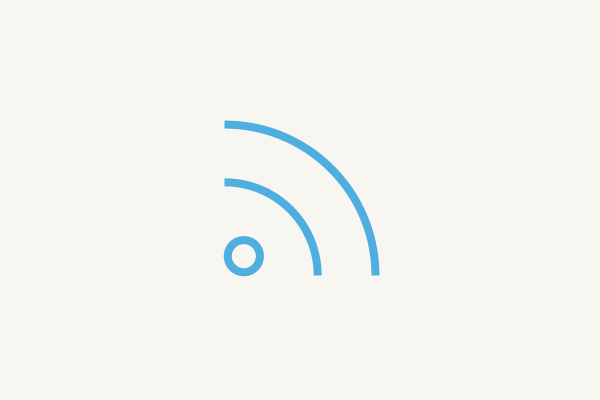
Corporate Wi-Fi is the backbone of your employee’s corporate connectivity. Your IT team is an expert at this.
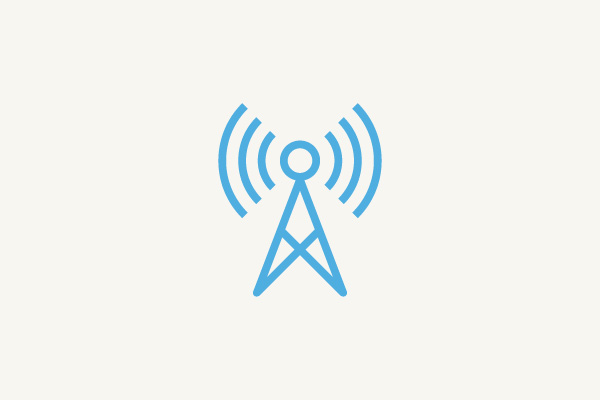
Your team uses their phones and other devices to conduct business, and they need to be reachable at all times. In addition to connecting customers to their stakeholders to make decisions, reliable cellular coverage keeps employees accessible to their family for peace of mind.
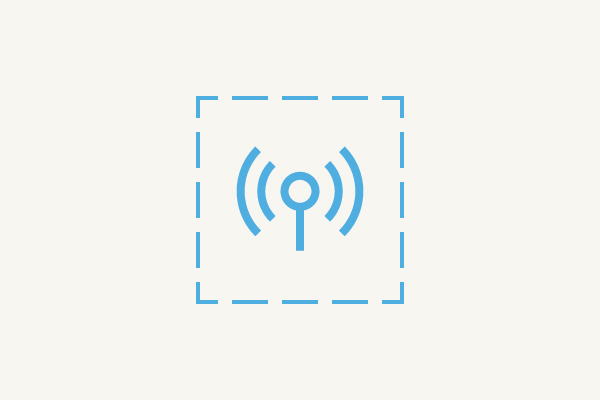
Wi-Fi is great when you are stationary, but across a manufacturing plant, warehouse, or office, Wi-Fi is not reliable enough for applications that impact productivity. Private Cellular Networks achieve the reliability necessary for essential communications.
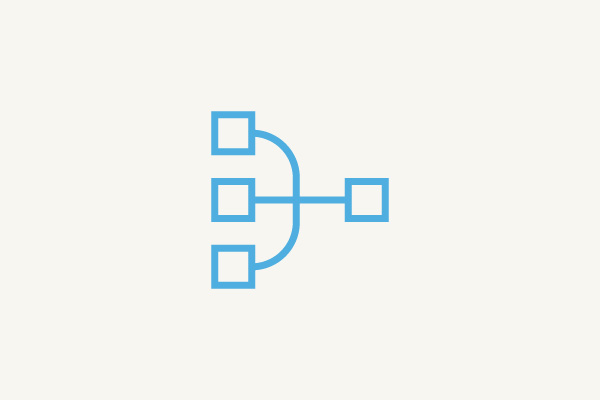
As you connect more machines to your systems under Industry 4.0, many of these sensors will be low-power devices. The data from these sensors, combined with the data you will harvest using your private cellular network, fuels your Industry 4.0 transformation.
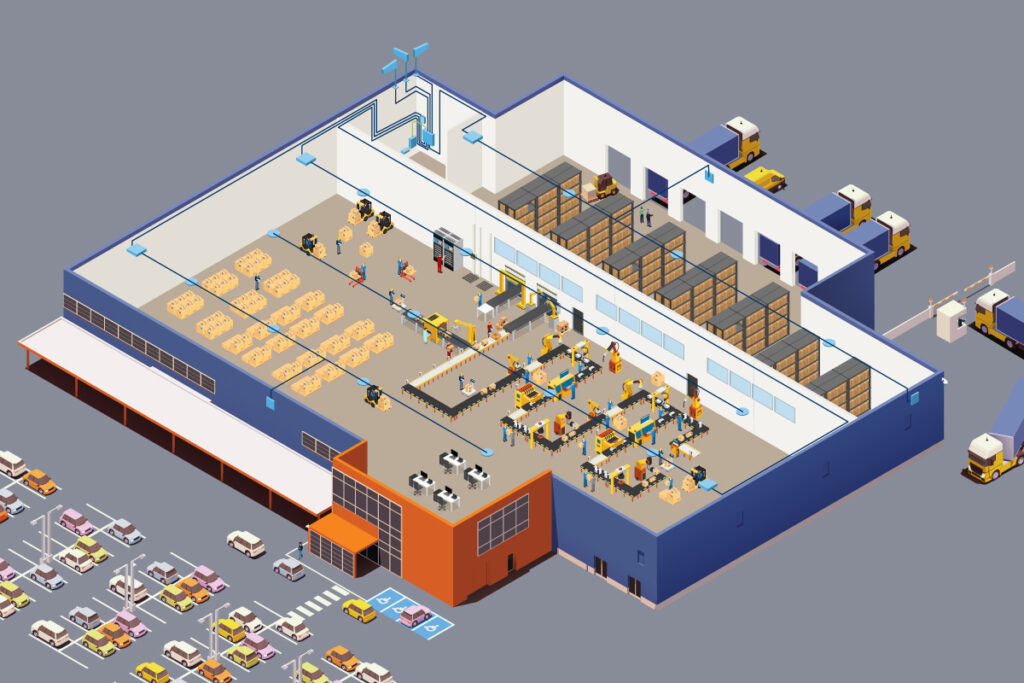

Data from Factory Floor
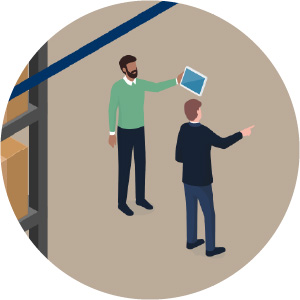
Warehouse iPads
and Computer Systems
Connected
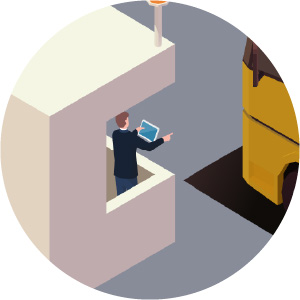
Security Guards
Using Push-to-Talk
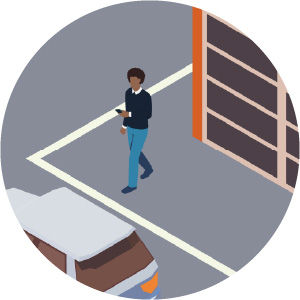
Keep phones/devices connected
inside and outside
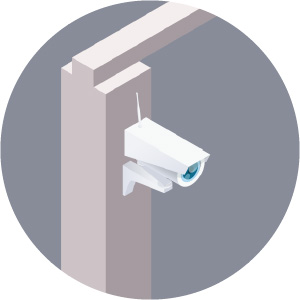
Exterior Security
Cameras
Americas
First combined Public/Private Cellular Coverage Solution
Activate CBRS port at any time to enable private networking
Rest of World (APAC & EMEA)
Multi-carrier Active DAS Hybrid that improves cellular coverage for up to four mobile network operator (MNO) signals
CEL-FI QUATRA Solutions are faster and cheaper to install than legacy DAS

Challenge
A state-of-the-art electric vehicle manufacturer in Arizona with multiple buildings ranging in size from 200,000 to 600,000 ft2. The building materials were mostly metal and steel, which blocked public safety and cellular signals. Public Safety coverage needed to obtain Certificate of Occupancy (CoO)
Solution
Results
SHIELD EXTEND delivered a “strong signal” and “excellent coverage” for 700/800MHz & FirstNet with easy installation. The CEL-FI QUATRA provided impressive signal strength across all facilities for all U.S. major carriers.

Challenge
A name brand car manufacturer’s testing facility in Mississippi uses internal vehicle modems for real-time GPS and communication back to central monitoring location. Their cellular connectivity was not reliable, which limited testing applications.
Solution
CEL-FI QUATRA Active DAS Hybrid
Results
The solution delivered dependable cellular coverage throughout the facility, allowing the brake, crash, and other safety testing applications to reliably communicate back to central command in real time.
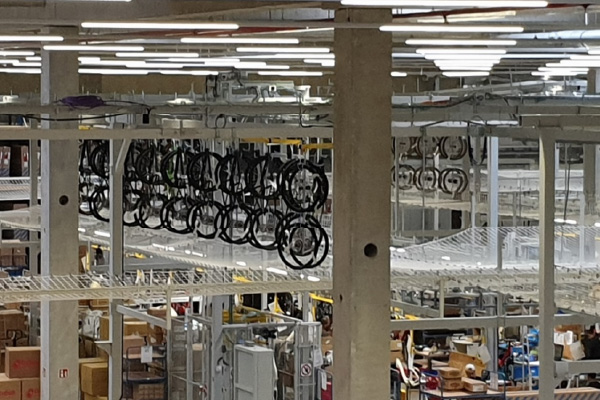
Challenge
A top bicycle manufacturer in Germany had a final testing station equipped with GPS and NB-IoT modules. For the products to pass testing, cellular connectivity was required. There was no signal inside the inside the plant at all
Solution
CEL-FI QUATRA 1000 Active DAS Hybrid
Results
The Nextivity solution allowed the modules to connect to the cloud via a cellular signal at the final testing station – allowing products to pass through the last station.

Challenge
Ten pharma warehouses in Australia, housing more than 17,000 products lines for 540+ manufacturing partners, needed to solve coverage challenges caused by thick concrete construction materials that blocked cellular signals.
Solution
CEL-FI GO Smart Signal Booster
Results
The Nextivity solution successfully provided reliable signal to all areas. Productivity was dramatically improved as was health and safety. The office manager and staff can make and receive calls and communication with delivery drivers and other external partners is simplified.
Get in touch with a Nextivity expert and let ‘s discuss building a connectivity core that will serve you well now and into the future. Whether your’re jumping into Industry 4.0 today, or preparing for the right time, we can help make sure your network infrastructure is ready when you are.
If you are a Nextivity Partner, please log into the Partner Portal for assistance or use this form if you are not able to log into the portal.
Keeping people connected through the world’s smartest cell phone signal boosters, public safety communication systems, private networking solutions, and HPUE devices. Powered by proprietary IntelliBoost® technology.
16550 West Bernardo Drive
Building 5, Suite 550
San Diego, CA 92127
+1 (858) 485-9442
[email protected]
©2024 Nextivity, Inc.